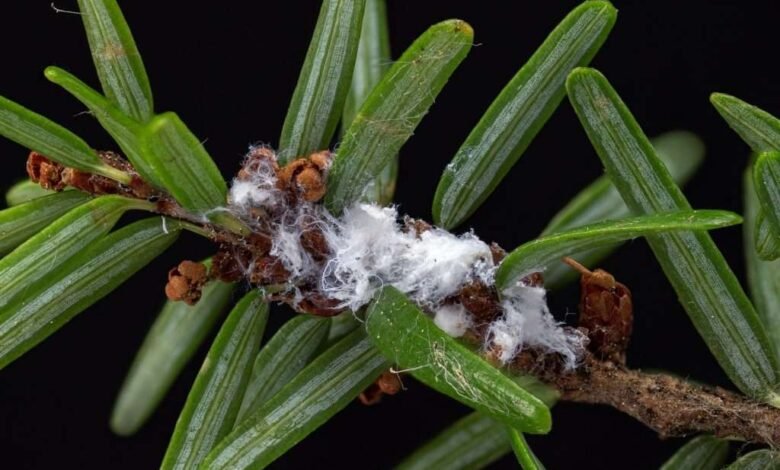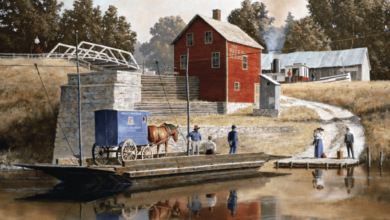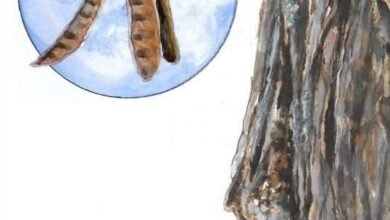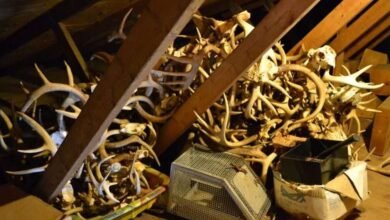Invasive Hemlock Woolly Adelgid Found at Lake Champlain, Great Sacandaga Lake


 The New York State Department of Environmental Conservation (DEC), New York State Hemlock Initiative at Cornell University (NYSHI), and Adirondack Park Invasive Plant Program (APIPP) today announced the confirmed presence of hemlock woolly adelgid (HWA) on the western shore of Lake Champlain in the Port Douglas area, Essex County, and near the north end of Great Sacandaga Lake at Conklingville Dam, Saratoga County.
The New York State Department of Environmental Conservation (DEC), New York State Hemlock Initiative at Cornell University (NYSHI), and Adirondack Park Invasive Plant Program (APIPP) today announced the confirmed presence of hemlock woolly adelgid (HWA) on the western shore of Lake Champlain in the Port Douglas area, Essex County, and near the north end of Great Sacandaga Lake at Conklingville Dam, Saratoga County.
Hemlocks are an important part of New York’s forests providing unique environmental conditions under cool, dense canopies that protect wildlife, fishery habitat, water quality, and prevent soil erosion. An HWA infestation can kill a healthy tree within 10 years.
Following reports from concerned residents and volunteers earlier this month, DEC verified detections and follow-up visits to the sites revealed visible signs of HWA.
According to DEC, they and their partners are in the early stages of initial response to these new infestations. DEC is conducting additional ground-based surveys to assess the extent of the infestations, including at priority locations with dense hemlock.

 HWA was first confirmed in the Adirondack Park in 2017, and it has since become established in the Lake George watershed. Its name comes from the white, woolly sacs it makes at the base of hemlock needles in winter and early spring. After hatching in spring, the small invasive insect feeds on hemlock twigs.
HWA was first confirmed in the Adirondack Park in 2017, and it has since become established in the Lake George watershed. Its name comes from the white, woolly sacs it makes at the base of hemlock needles in winter and early spring. After hatching in spring, the small invasive insect feeds on hemlock twigs.
Early detections often occur first in shoreline hemlock stands, so public vigilance is important for people spending time on lakes or in shoreline camps.
Early detection and reporting of HWA are essential because infestations can easily go unnoticed until significant damage occurs. Landowners, land managers, and outdoor enthusiasts are encouraged to learn how to identify HWA and to report suspected sightings using the iMapInvasives app. Identification guides, reporting tools, and support are available on both the NYSHI and APIPP websites.
For resources on identification, management options, and how to report a sighting, visit nyshemlockinitiative.info or email nyshemlockinitiative@cornell.
Photos, from above: HWA Wool (provided by DEC); and Hemlock Woolly Adelgid at Lake Champlain (courtesy Cornell University).
Source link




